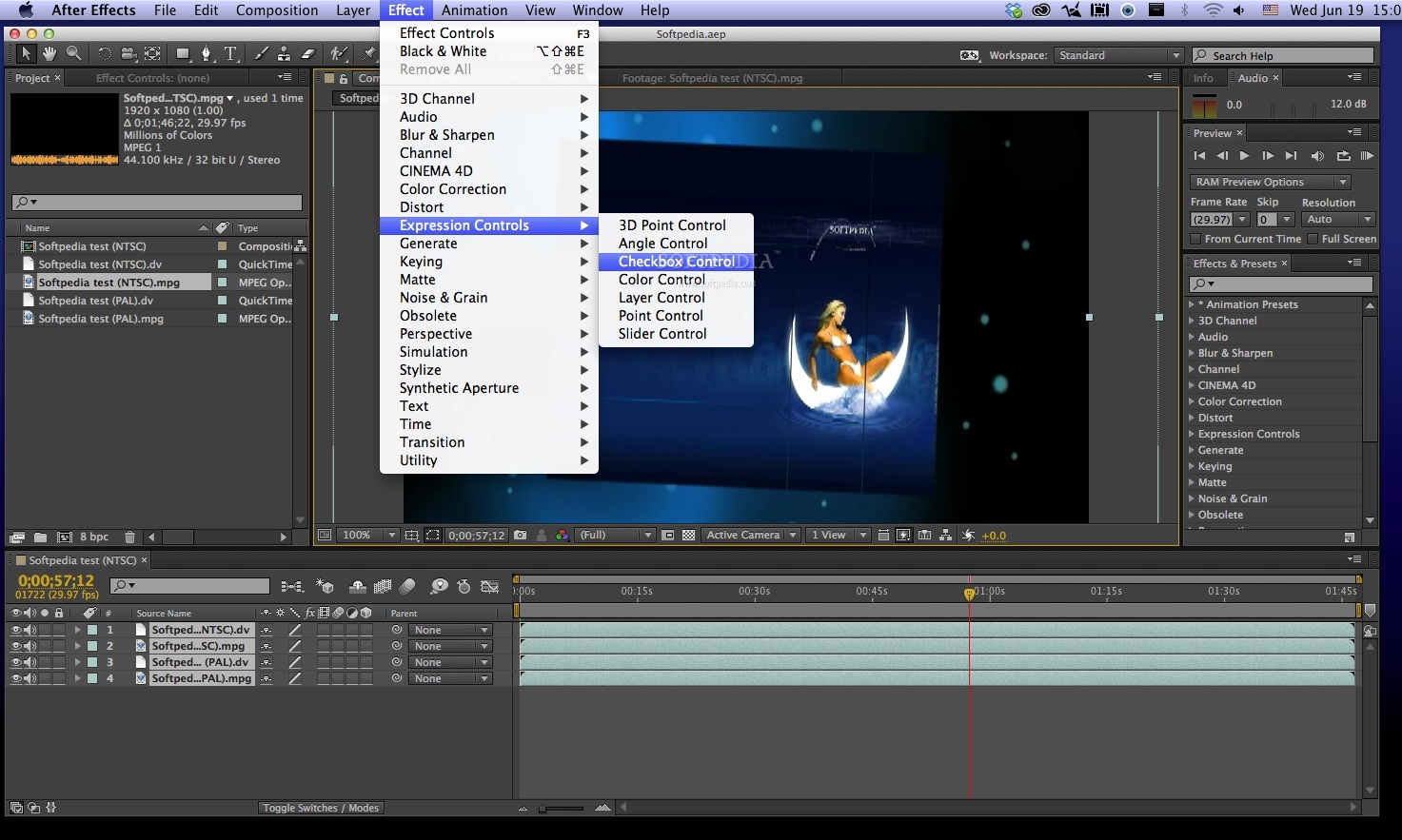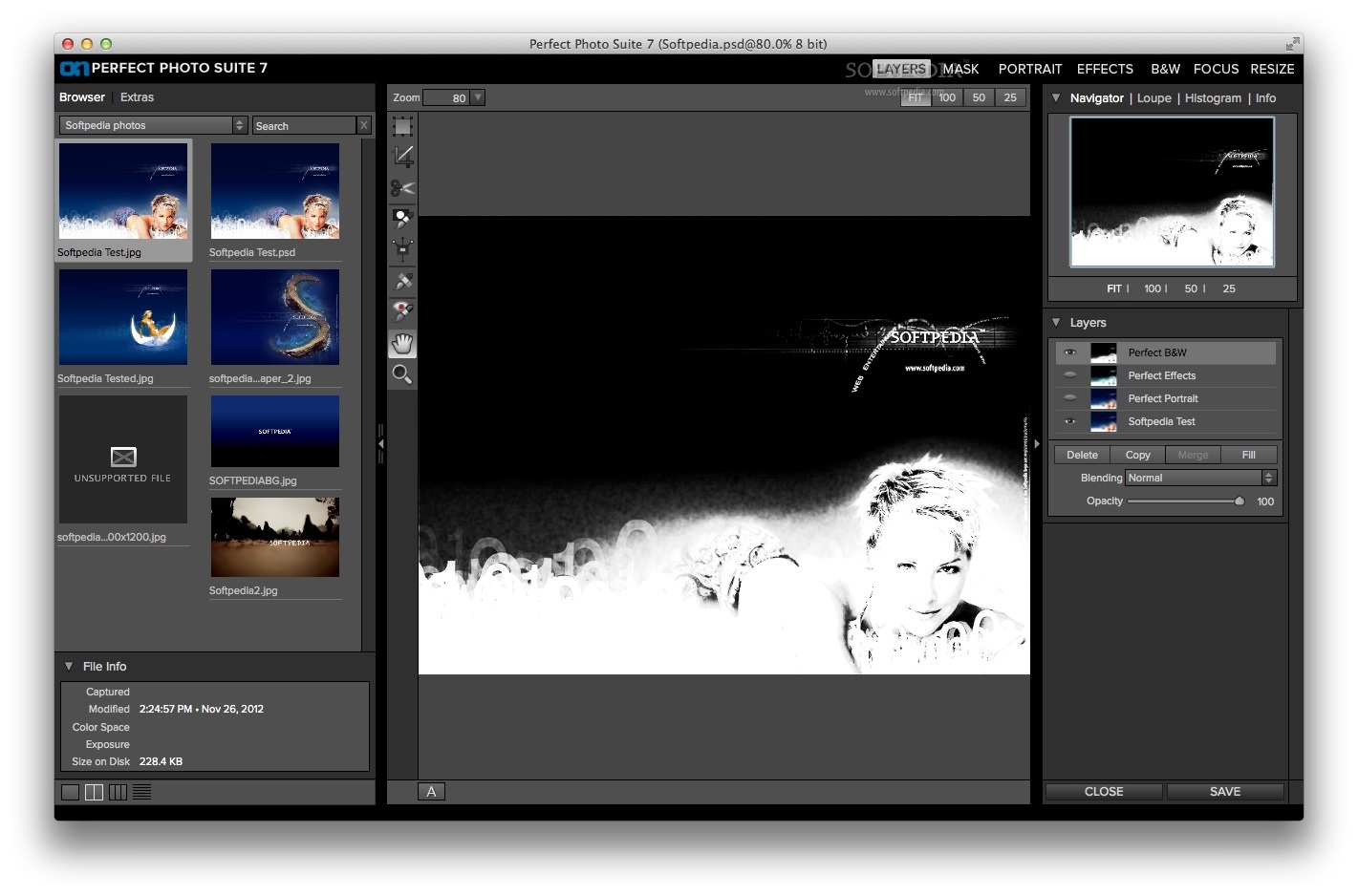Cuda 5.0 For After Effects Download For Mac
GPU acceleration in Ae is so misunderstood. CUDA only accelerates one specific feature in Ae - the ray-tracing renderer. Everything else renders mainly on the CPU. A few effects (like Magic Bullet Looks, Video Copilot Optical Flares and Element 3D, GenArts Sapphire, and Mettle FreeForm and ShapeShifter Ae) are able to use GPU acceleration. Particular is not among them.
But maybe you can squeeze some faster renders out of your CPU. How much RAM do you have in your system? What are you multiprocessing settings? Walter Soyka Principal & Designer at Motion Graphics, Widescreen Events, Presentation Design, and Consulting - What I'm thinking when my workstation's thinking Creative Cow Forum Host: Live & Stage Events. Callum Morrison 'Ah I see, out of interest, would your listed plugins (I use the first three) work with my GPU, or are they specific in any way?' Those three (Looks, Optical Flares, and Element) all use OpenGL.
Sync for Mac 1.8.122.0 is now available. Personal, Shared, and Favorite folders are now organized independently under your main ShareFile folder. Sharefile desktop sync download. This release includes: • My Files & Folders support - Sync for Mac will now reflect the same folder structure seen in Windows Sync and the ShareFile web application.
These can be use pretty much any modern graphics card. Element specifically benefits from faster cards like yours with larger amounts of VRAM for larger scenes. Callum Morrison 'I currently have 16Gb 1600MHz, and for multiprocessing do you mean After Effects? I do not know where the settings are in AME.' On computers with multiple CPUs or multi-core CPUs, After Effects can launch multiple instances of its renderer to work on multiple frames at the same time.
This is called 'multiprocessing.' Enabling multiprocessing also requires significant memory, because each instance of the renderer requires its own RAM. You can enable multiprocessing and tweak its settings in the After Effects preferences under 'Memory and Multiprocessing.'
Cuda 5.0 For After Effects Download For Mac Free
You can start with some recommended settings here: Walter Soyka Principal & Designer at Motion Graphics, Widescreen Events, Presentation Design, and Consulting - What I'm thinking when my workstation's thinking Creative Cow Forum Host: Live & Stage Events. Walter is correct. See this page for details of how the GPU is (and isn't) used in After Effects: See this page for resources about making After Effects work faster: See this page for information about hardware for After Effects: - Todd Kopriva, Adobe Systems Incorporated After Effects quality engineering.
For those having issues with the 5K Retina display. This was unknown to the specific Adobe tech I was dealing with but together we figured out what was making my images 'appear' small in PhotoShop and Premiere Pro. This won't solve all issues but it should help with some.
Also addresses the Element 3D plugin getting a warning that the AMD card can't handle the layer size. Hope this helps others avoid some frustration. Here’s something that seemed to solve the issue which you may want to take note of as it seems to be all the buzz on the net right now is the following: With the new Retina 5K monitors, when editing in Premiere and PhotoShop, 1080p images that would normally fill a 27” screen look like little 480p images. I spent half a day chasing down this answer yesterday and even a tech I had helping me from Adobe didn’t know this. Link to that string: If you click on the app window (on a 5K Retina monitor) and do a get info, there's a button that says “open in low res.” When I did this it displayed my imagery as expected (1080p images filled the 27” monitor). This held true for PS as well. 1080p images that used to display at full screen looked like 480p.
I “assumed” this would hold true in AE as well (my HD video would look like 480p when displayed at 100%) so I clicked that low res button in the AE get info window too. Turning that “off” resolved the problem. Not sure how NOT displaying in low res would solve a problem that said the card couldn’t handle the size but it seems to be working now. Randy Cates Video Production/Motion Graphics.
GPU acceleration in Ae is so misunderstood. CUDA only accelerates one specific feature in Ae - the ray-tracing renderer. Everything else renders mainly on the CPU. A few effects (like Magic Bullet Looks, Video Copilot Optical Flares and Element 3D, GenArts Sapphire, and Mettle FreeForm and ShapeShifter Ae) are able to use GPU acceleration. Particular is not among them. But maybe you can squeeze some faster renders out of your CPU. How much RAM do you have in your system?
What are you multiprocessing settings? Walter Soyka Principal & Designer at Motion Graphics, Widescreen Events, Presentation Design, and Consulting - What I'm thinking when my workstation's thinking Creative Cow Forum Host: Live & Stage Events.
Callum Morrison 'Ah I see, out of interest, would your listed plugins (I use the first three) work with my GPU, or are they specific in any way?' Those three (Looks, Optical Flares, and Element) all use OpenGL. These can be use pretty much any modern graphics card.
Element specifically benefits from faster cards like yours with larger amounts of VRAM for larger scenes. Callum Morrison 'I currently have 16Gb 1600MHz, and for multiprocessing do you mean After Effects? I do not know where the settings are in AME.' On computers with multiple CPUs or multi-core CPUs, After Effects can launch multiple instances of its renderer to work on multiple frames at the same time.
This is called 'multiprocessing.' Enabling multiprocessing also requires significant memory, because each instance of the renderer requires its own RAM. You can enable multiprocessing and tweak its settings in the After Effects preferences under 'Memory and Multiprocessing.'


You can start with some recommended settings here: Walter Soyka Principal & Designer at Motion Graphics, Widescreen Events, Presentation Design, and Consulting - What I'm thinking when my workstation's thinking Creative Cow Forum Host: Live & Stage Events. Walter is correct. See this page for details of how the GPU is (and isn't) used in After Effects: See this page for resources about making After Effects work faster: See this page for information about hardware for After Effects: - Todd Kopriva, Adobe Systems Incorporated After Effects quality engineering.
For those having issues with the 5K Retina display. This was unknown to the specific Adobe tech I was dealing with but together we figured out what was making my images 'appear' small in PhotoShop and Premiere Pro. This won't solve all issues but it should help with some. Also addresses the Element 3D plugin getting a warning that the AMD card can't handle the layer size. Hope this helps others avoid some frustration. Here’s something that seemed to solve the issue which you may want to take note of as it seems to be all the buzz on the net right now is the following: With the new Retina 5K monitors, when editing in Premiere and PhotoShop, 1080p images that would normally fill a 27” screen look like little 480p images.

I spent half a day chasing down this answer yesterday and even a tech I had helping me from Adobe didn’t know this. Link to that string: If you click on the app window (on a 5K Retina monitor) and do a get info, there's a button that says “open in low res.” When I did this it displayed my imagery as expected (1080p images filled the 27” monitor). This held true for PS as well. 1080p images that used to display at full screen looked like 480p.
I “assumed” this would hold true in AE as well (my HD video would look like 480p when displayed at 100%) so I clicked that low res button in the AE get info window too. Turning that “off” resolved the problem. Not sure how NOT displaying in low res would solve a problem that said the card couldn’t handle the size but it seems to be working now. Randy Cates Video Production/Motion Graphics.





